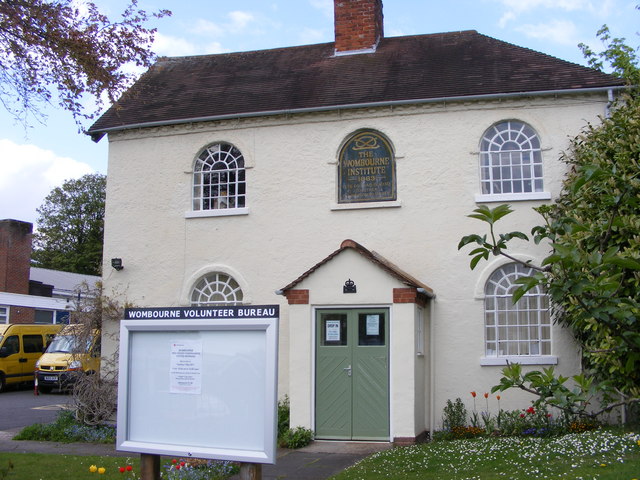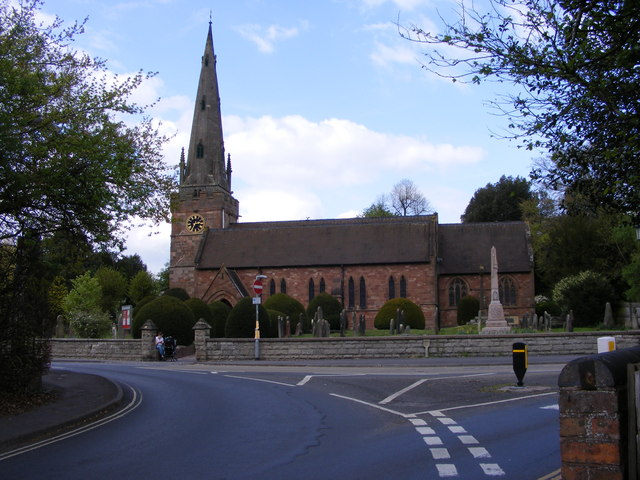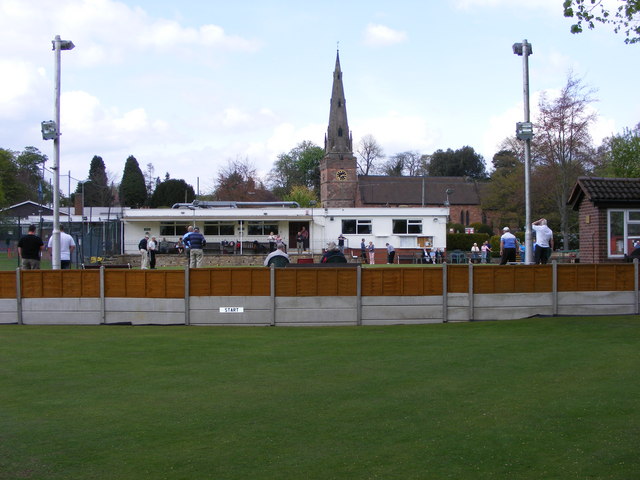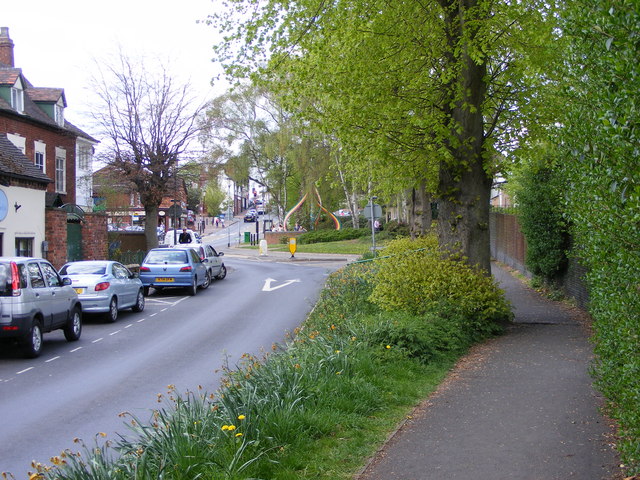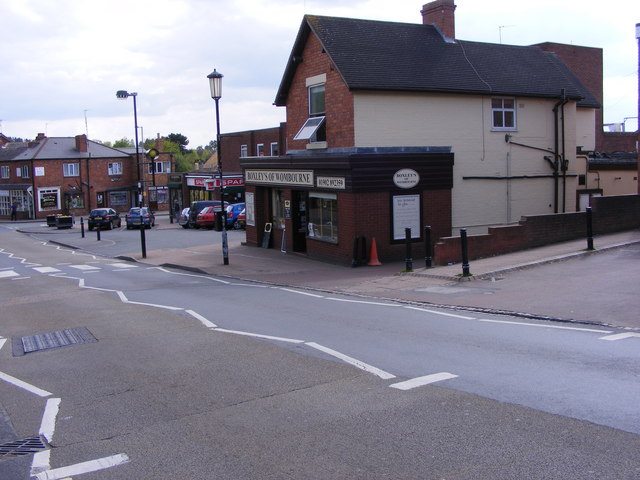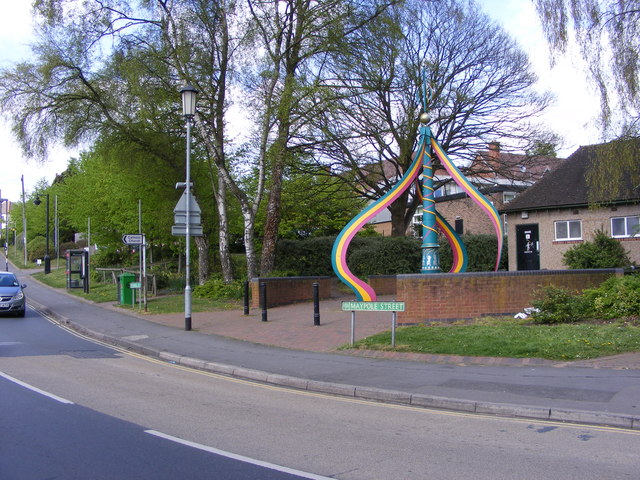Spring Hill
Settlement in Staffordshire South Staffordshire
England
Spring Hill

Spring Hill is a picturesque village located in the county of Staffordshire, England. Situated near the town of Cannock, it is nestled amidst the beautiful countryside of the West Midlands. The village is known for its tranquil atmosphere, stunning natural surroundings, and close-knit community.
Spring Hill offers a range of amenities and services to its residents and visitors. The village boasts a charming primary school, providing education for the local children. Additionally, there are several local shops, including a convenience store and a post office, catering to the daily needs of the community. For recreational activities, Spring Hill is surrounded by scenic walking trails and green spaces, making it an ideal location for those who enjoy outdoor pursuits.
The village is well-connected to nearby towns and cities, with convenient transportation links. Cannock, located just a short distance away, offers a wider range of amenities, including shopping centers, restaurants, and entertainment venues. The nearby A5 and M6 motorways provide easy access to major cities such as Birmingham and Stoke-on-Trent.
Spring Hill is proud of its strong community spirit, with various local events and gatherings taking place throughout the year. These events offer an opportunity for residents to come together, foster relationships, and celebrate the village's unique character.
Overall, Spring Hill, Staffordshire, offers a peaceful and idyllic setting for those seeking a serene countryside lifestyle, while also providing easy access to nearby urban centers.
If you have any feedback on the listing, please let us know in the comments section below.
Spring Hill Images
Images are sourced within 2km of 52.553017/-2.1822042 or Grid Reference SO8795. Thanks to Geograph Open Source API. All images are credited.
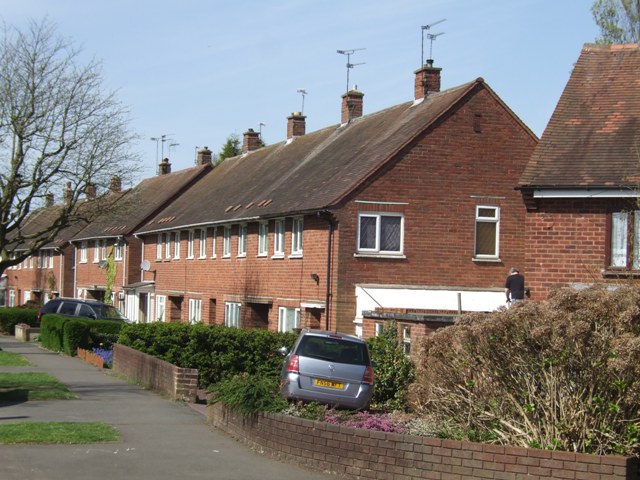
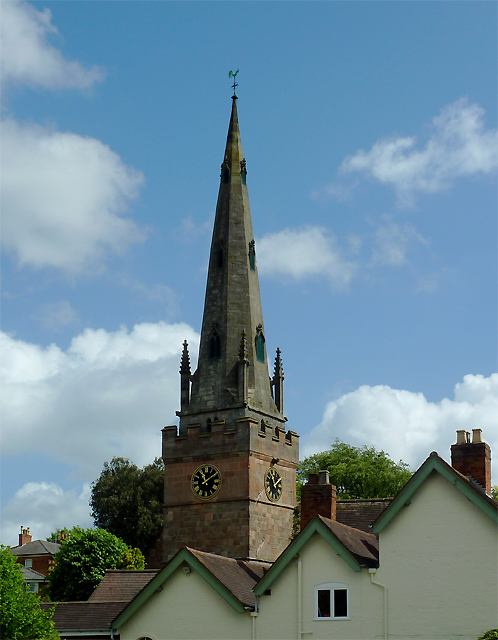
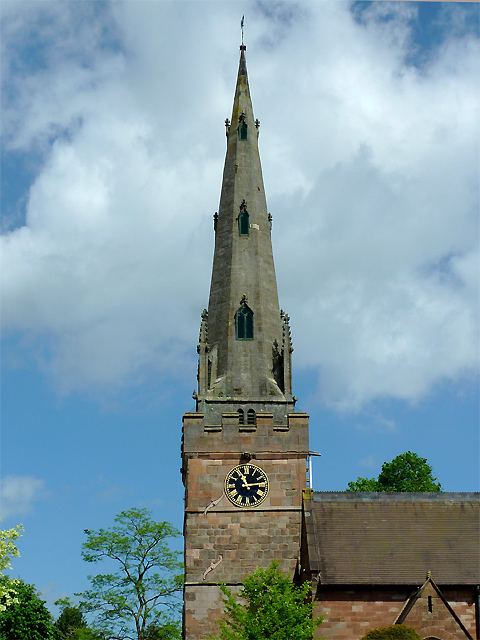
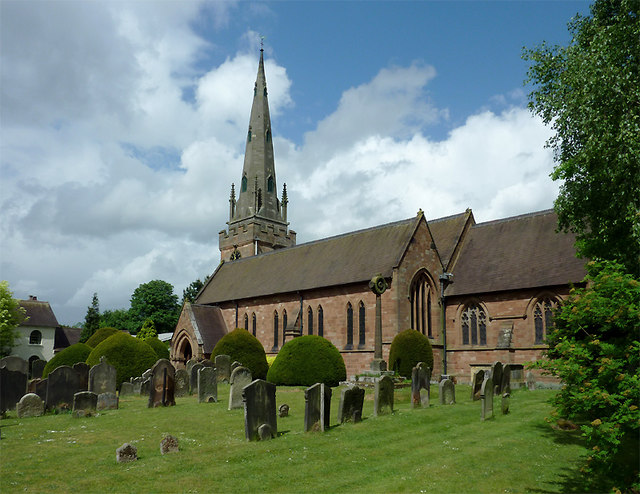
Spring Hill is located at Grid Ref: SO8795 (Lat: 52.553017, Lng: -2.1822042)
Administrative County: Staffordshire
District: South Staffordshire
Police Authority: Staffordshire
What 3 Words
///before.asleep.puppy. Near Wombourn, Staffordshire
Nearby Locations
Related Wikis
Lower Penn
Lower Penn is a village in South Staffordshire, situated to the south-west of Wolverhampton, West Midlands. The Civil Parish covers the area of the historic...
Orton, Staffordshire
Orton is a hamlet in the South Staffordshire district, in the English county of Staffordshire. Nearby settlements include the city of Wolverhampton and...
Wombourn railway station
Wombourn railway station was the main intermediate station on the Wombourne Branch Line, situated at the Bratch. It was opened by the Great Western Railway...
Highfields School, Wolverhampton
Highfields School is a mixed secondary school and sixth form in the Penn area of Wolverhampton, in the West Midlands of England. It was formed in 1957...
Nearby Amenities
Located within 500m of 52.553017,-2.1822042Have you been to Spring Hill?
Leave your review of Spring Hill below (or comments, questions and feedback).







